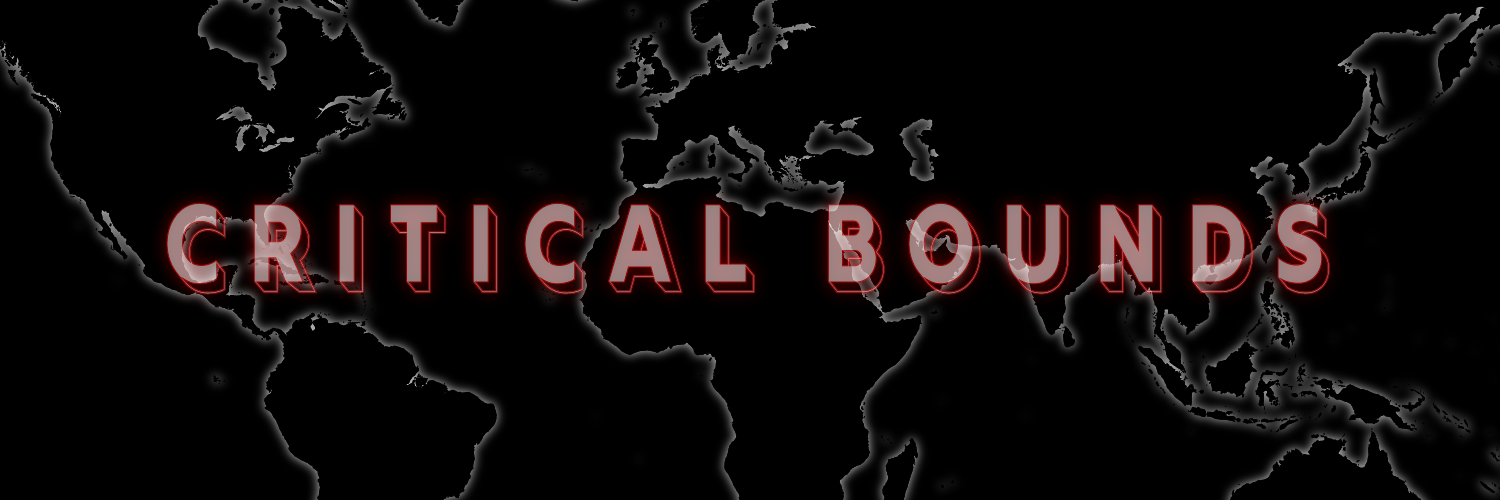Hi All, Tori here.
Before I transferred to Smith, I rarely learned about WLW (womxn who love womxn) in the arts. Certainly, the fact that womxn artists of all sexualities are already underrepresented in the arts is the big reason why. In textbooks for my Introduction to Art History classes, I quickly noticed that womxn artists, when “represented,” usually appeared in tiny blurbs while white male artists took up the huge page space.
Since Art History began as a Eurocentric, male-dominated field that held tight to the gender norms of its day, WLW artists doubly reject[ed] its foundational beliefs through sexuality as well as gender: they were/are womxn who desire womxn.
Today, we are seeing increasing visibility for WLW in the arts. Here is a post to honor this, beginning with some slight time travel.
You may know Abstract Expressionist Agnes Martin (1912-2004). She is most known for her grid paintings. Martin explored elements such as structure and space in her work. Because of this, critics during her time largely discussed her work purely in terms of formal elements. Seldom mentioned was Martin’s sexuality as a lesbian (sometimes dismissed, sometimes seen as unimportant to her art). Yet, her mature work came about when she joined a community of queer artists in New York. By acknowledging her sexuality and how her mature work emerged after connecting with those like her, how differently might we view Martin’s works? As a dissenting identity, what else might have motivated her to explore concepts like “structure[s]” and “space” in her work?
Traveling a few decades into the 80’s, we discover a WLW artist who is just now gaining art-world visibility. She is photojournalist Phyllis Christopher. Although Christopher has created photographs documenting lesbian intimacy and communities for over 25 years, Queer Art points out,
“[S]he considers her lesbian erotic work as emerging because it has not been archived or published as an accessible book, and until recently this work has had no audience outside of the community that it documents. The dissemination of lesbian erotic imagery is a monumental challenge.” (Source)
In honor of South Africa’s National Women's Day last Sunday (August 9), I am sharing the work of contemporary photographer/self-proclaimed “visual activist", Zanele Muholi (they/them). Muholi’s work both makes WLW identities visible in the arts and challenges stigma about queer identities in South Africa:
“Muholi photographed more than 200 portraits of South Africa’s lesbian community. “The portraits are at once a visual statement and an archive,” they have said, “marking, mapping, and preserving an often invisible community for posterity.” Muholi’s sensitive portraits challenge the stigma surrounding gays and lesbians in South Africa, debunk the common rhetoric that homosexuality is un-African, and address the preponderance of hate crimes against homosexuals in their native country.” (Source)
Mickalene Thomas is a contemporary African-American queer artist from Brooklynn, NY. “As a queer black woman, Thomas represents other black women in a way that celebrates their agency and erotic beauty.” (Source) Therefore, Thomas’ work as a black queer woman resists the “white male gaze,” that has long objectified black womxn and sexualized them in their art. The black womxn in her work, sharing the artist’s identity, often stare directly into the camera, and therefore at the viewer, as they pose sensually, stating exactly what Thomas does: Their sexuality belongs to them. It is no longer for the white male [artist] to take.
Recently featured by Queer Art is Heather Lynn Johnson.
“A writer, photographer, performance artist and poet, living in New York. Her work is characterized by its lyricism and cultural critique. Through the use of imagery and the written word, Johnson explores being other-ed in a consumerist society by mining the history of gender, sexuality, and the racialized body. Her formal approach to the narrative, whether visual or poetic, is distinguished by her willingness to lay bare her own existence.” (Source)
Through her book, “Survival Guide for Queer Black Youth,” Johnson, like Thomas, tells her own narrative which makes visible her struggles and triumphs as a black WLW in U.S. society.
It is exciting to see WLW becoming visible in the arts, and stating their agency while challenging stigma. Their work inherently shakes the oppressive, Eurocentric, male-dominated foundations of Art History. This is a post to celebrate this as we continue to push for it.








